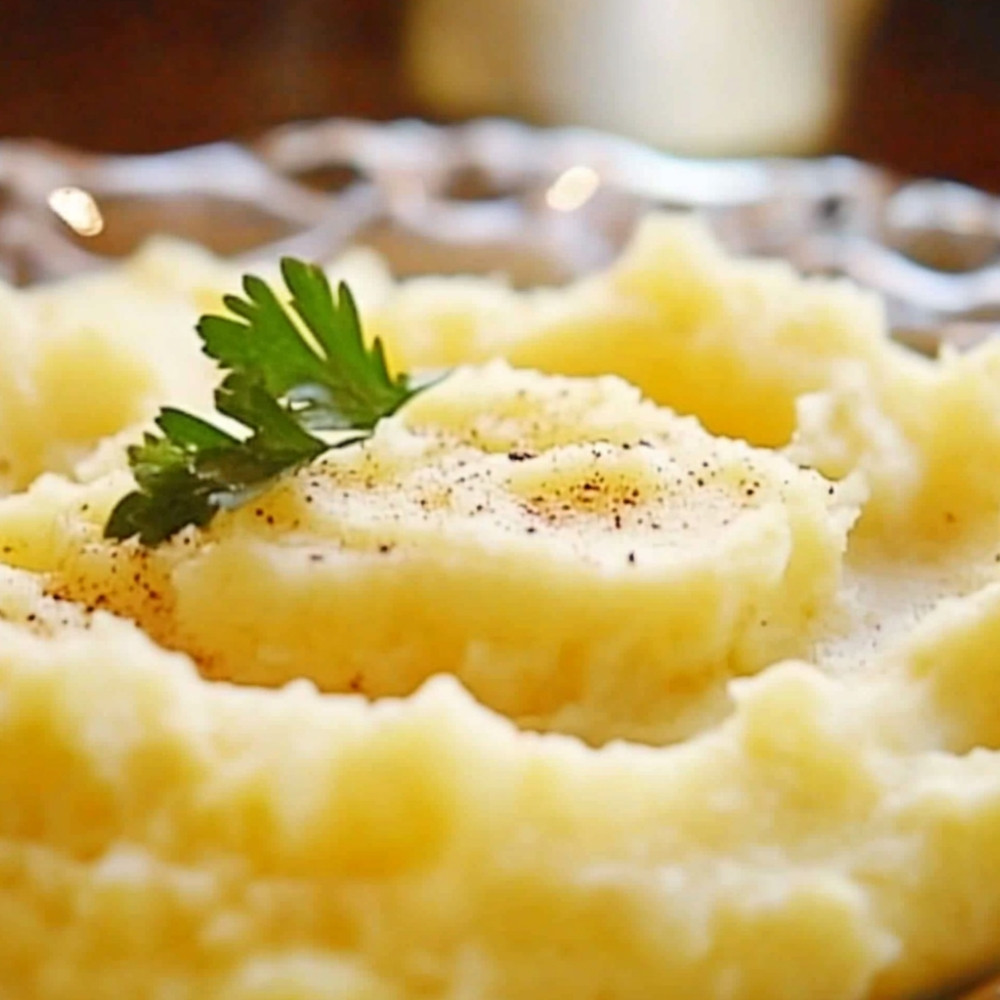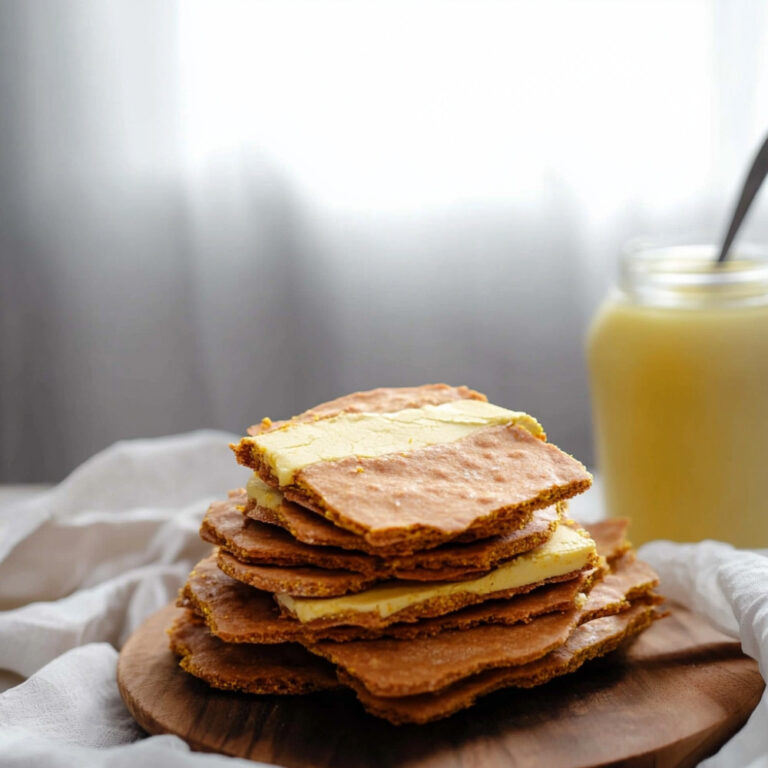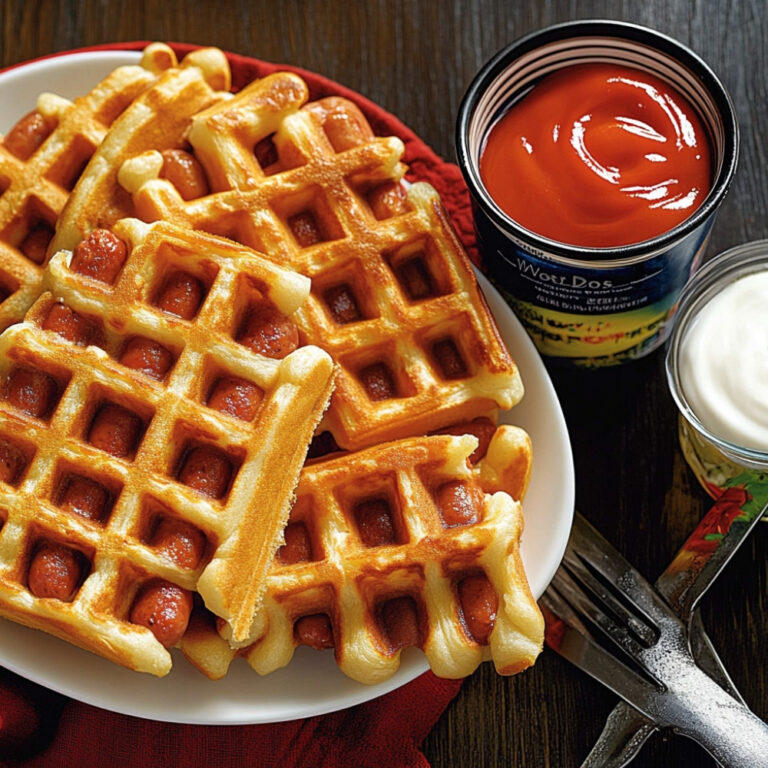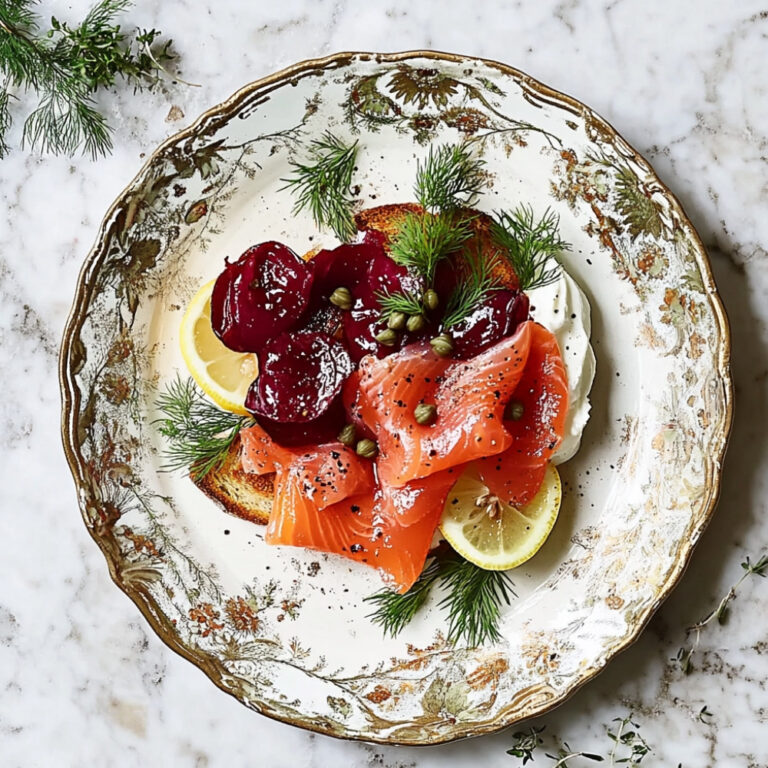Old-fashioned Mashed Potatoes
There’s something quietly magical about old-fashioned mashed potatoes – the way the steam rises softly when you lift the lid, or how they cling fluffy and warm to the spoon like they’ve been waiting. It isn’t fancy, not really. Just potatoes, butter, cream… but when you make them right (with care, and just enough salt), they become more than just a side dish. I think that’s why I always come back to this recipe when I need a bit of grounding… it tastes like warmth. And Sunday dinners. And the kind of conversations that don’t rush anywhere.
Why You’ll Crave It
- It’s creamy and buttery without being heavy – the balance just works
- Soothing and nostalgic, like something you’ve always known, even if you haven’t
- Pairs with nearly any meal – from a roast to something as simple as sautéed greens
- Holds up well for leftovers and reheats surprisingly nicely
The first time I made this for my grandfather, he teared up a little – said it tasted “like home before the war.” I’ve never forgotten that.
What You’ll Need
- Potatoes: 1 kg of starchy potatoes (Russets or Yukon Golds are best here – peeled, cut into chunks)
- Unsalted butter: 100 g, which is roughly 3.5 oz – let it soften a little before using
- Heavy cream: 200 ml, warmed gently (just warm, not hot – about ¾ cup)
- Salt: to taste – but please use a generous pinch for the water when boiling
- Freshly ground black pepper: a few turns from the grinder, or more, depending on preference
- Nutmeg (optional): just the tiniest pinch – a gentle whisper of it, not more
Easy How-To
Start with the Prep
Peel all your potatoes, and cut them into rough, same-sized chunks. Doesn’t need to be perfect – just enough so they cook evenly. I do this part while listening to the radio, kind of meditative.
Boil Gently
Place your potato pieces in a large pot, cover them with cold water and salt it well – like pasta water. Bring it to a boil, then lower to a simmer. They’re done when they break apart easily with a fork – around 15 to 20 minutes usually.
Drain and Rest
Carefully pour the potatoes into a colander. Let them sit for a minute or so – releasing that last bit of steam dries them slightly, which makes for fluffier mash.
Mash with Heart
Return the potatoes to their still-warm pot (the residual heat helps too). Use a masher or ricer – I like a ricer for silky texture but sometimes I’ll go old-school and mash by hand. There’s something nice about seeing the little bits of imperfection.
Fold in Butter and Cream
Add your softened butter first – it coats the starch and makes everything taste, well, richer. Then stir in your warm cream slowly. Don’t rush this part. Taste. Adjust. Stir a little more.
Season and Savor
Add a good few grinds of black pepper, more salt if it needs. And if you’re feeling slightly adventurous – a faint pinch of nutmeg can lift everything in the most quiet way. Stir once more, and it’s ready.
Good to Know
- If the mash gets too thick as it sits, a splash of warm milk brings it back to life
- Mashed potatoes love salt – don’t be shy, but always taste first
- Leftovers, fried gently the next day with a poached egg… oh my. It’s breakfast magic
Serving Ideas
- Pile it beside roast chicken or turkey, smothered in pan gravy (which naturally finds the little valleys on top)
- As a pillowy bed for beef stew or sautéed mushrooms with thyme
- With a drizzle of garlic oil and scattered chives for something quieter, but lovely
Top Tricks
- Use warm cream and softened (not fridge-cold) butter – cold ingredients shock the starch and ruin the texture
- A ricer gets you the smoothest result, but don’t overwork the mash or it turns gluey
- If you’re unsure it’s seasoned enough, it probably isn’t – taste, rest, and re-taste
Frequently Asked Questions
Can I make these mashed potatoes ahead of time?
Yes – you can make them a few hours early and keep them covered in a warm oven or in a heat-safe bowl over a pot of hot water. Just give a gentle stir before serving, maybe with a splash more cream.
How do I avoid lumpy or gluey mash?
Use the right potato (like Yukon Golds), avoid overmixing, and always start with warm ingredients. If you’re using a hand masher, mash slowly – don’t pound it angrily, be kind.
Can I freeze mashed potatoes?
Technically, yes – but the texture changes. If you absolutely must freeze, do it in small portions and reheat gently with a splash of cream or broth. Still, it’s best fresh.
Do I have to peel the potatoes?
Not necessarily – leaving skins on gives a rustic texture and a bit more fiber. Just scrub them well. My aunt prefers it that way, calls it “honest mash.”
What’s the best way to reheat leftovers?
Warm them over low heat on the stovetop with a touch of milk or cream stirred in. Microwaving is fine too, just do it gently in intervals, with a lid on.







